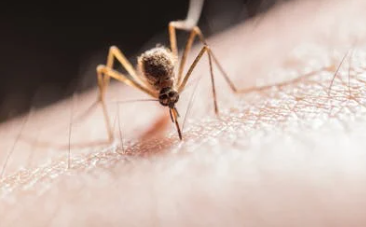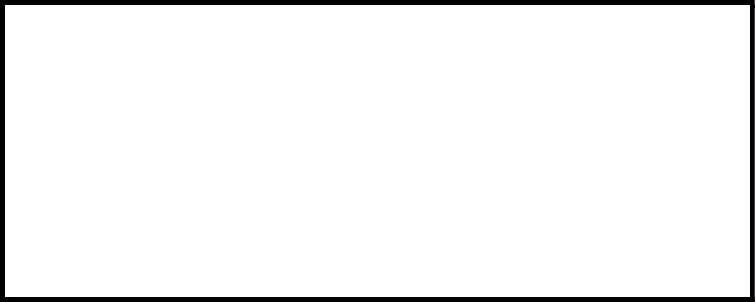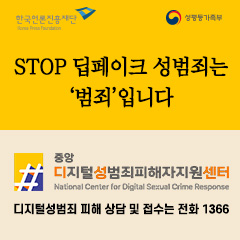
As the rainy season and heatwave subside, mosquito activity has entered its peak, prompting public health authorities to issue warnings about mosquito-borne diseases.
From late August to early October, the risk of illnesses such as malaria and Japanese encephalitis—transmitted by mosquitoes both domestically and abroad—increases significantly. With more people engaging in outdoor activities during this time, following personal prevention guidelines becomes especially important.
Health authorities emphasize the correct use of mosquito repellents that are officially approved as “quasi-drugs” as one of the most effective ways to prevent mosquito bites. Usage recommendations vary depending on the product's ingredients and the user's age.
For example, DEET (diethyltoluamide), one of the most common active ingredients, can be used by infants aged six months or older if the concentration is 10% or less. Products with DEET concentrations exceeding 10% are only recommended for those aged 12 and older. Other major ingredients such as Icaridin and IR3535 (ethyl butylacetylaminopropionate) should not be used on infants under six months of age, while products containing para-menthane-3,8-diol are recommended only for children aged four and above.
When using repellents, it is important to choose only products labeled as quasi-drugs and to apply them lightly to exposed skin or on top of clothing. They should never be used on wounds, irritated skin, mucous membranes, around the eyes or mouth, or on sunburned areas.
For children, a guardian should apply the product by first dispensing it onto their own hands. Repeated or excessive use should be avoided. The repellent typically remains effective for four to five hours; if reapplication is needed, it should be done sparingly rather than in excessive amounts.
After use, the treated skin should be washed thoroughly with soap and water, and any clothing or socks sprayed with repellent should also be washed. For spray-type products, it is safer not to spray directly on the face but to apply it by hand instead. If sunscreen is also being used, it should be applied first, followed by the repellent.
Local governments and public health agencies are actively promoting these safety guidelines to the public, and in some areas, multilingual informational materials are being distributed to assist multicultural households. In particular, since the mosquitoes that transmit Japanese encephalitis are most active at night, it is recommended to minimize outdoor activity in the dark and to wear bright, loose-fitting clothing while also using mosquito nets and window screens for additional protection.
(한국어 번역)
장마와 폭염이 지나고 본격적인 모기 활동 시기가 시작되면서, 모기를 매개로 한 감염병에 대한 주의가 요구되고 있다. 특히 8월 말부터 10월 초까지는 말라리아, 일본뇌염 등 국내외 주요 모기 매개 감염병이 집중적으로 발생하는 시기로, 야외 활동이 잦아지는 만큼 개인별 감염 예방 수칙이 중요한 시점이다.
보건당국은 모기 회피를 위한 가장 효과적인 방법 중 하나로 의약외품으로 허가된 모기기피제의 올바른 사용을 강조하고 있다.
기피제는 제품에 따라 사용 연령이 다르며, 성분별로 주의사항이 명확하게 나뉜다. 대표 성분인 디에틸톨루아미드(DEET)는 농도 10% 이하 제품의 경우 생후 6개월 이상부터 사용할 수 있고, 10%를 초과하는 제품은 12세 이상부터 사용 가능하다.
또 다른 주요 성분인 이카리딘(Icaridin)과 에틸부틸아세틸아미노프로피오네이트(IR3535)는 생후 6개월 미만 영아에게는 사용을 피해야 하며, 파라멘탄-3,8-디올 성분은 만 4세 이상부터 사용이 권장된다.
제품을 사용할 때는 반드시 ‘의약외품’ 표시가 있는 정식 허가 제품을 구매하고, 노출된 피부나 옷 위에 얇게 분사하거나 발라야 한다.
하지만 상처 부위, 자극받은 피부, 점막, 눈·입 주위, 햇볕에 탄 부위에는 절대 사용해서는 안 되며, 어린이의 경우 보호자가 손에 덜어 도포해주는 방식으로 사용해야 한다. 또한 반복적이고 과도한 사용은 피해야 하며, 효과는 대개 4~5시간 정도 지속되므로 필요 시 다시 사용하되, 과량을 뿌리는 방식은 적절하지 않다.
기피제 사용 후에는 반드시 비누와 물로 피부를 씻고, 뿌렸던 의류나 양말도 세탁해야 한다. 분사형 제품은 얼굴 부위에 직접 뿌리지 말고 손에 덜어 바르는 방식이 안전하며, 자외선차단제를 함께 사용할 경우에는 먼저 자외선차단제를 바르고 난 뒤 기피제를 덧바르는 것이 권장된다.
지자체와 보건기관은 이와 같은 예방 수칙을 중심으로 시민 대상 홍보를 강화하고 있으며, 일부 지역에서는 다문화 가정을 위한 다국어 안내 자료도 배포되고 있다.
특히 일본뇌염 매개 모기가 야간 시간대에 주로 활동하는 점을 고려해 어두운 야외 활동은 최소화하고, 밝고 헐렁한 옷차림, 모기장, 방충망 사용 등을 함께 병행하는 것이 중요하다.





















